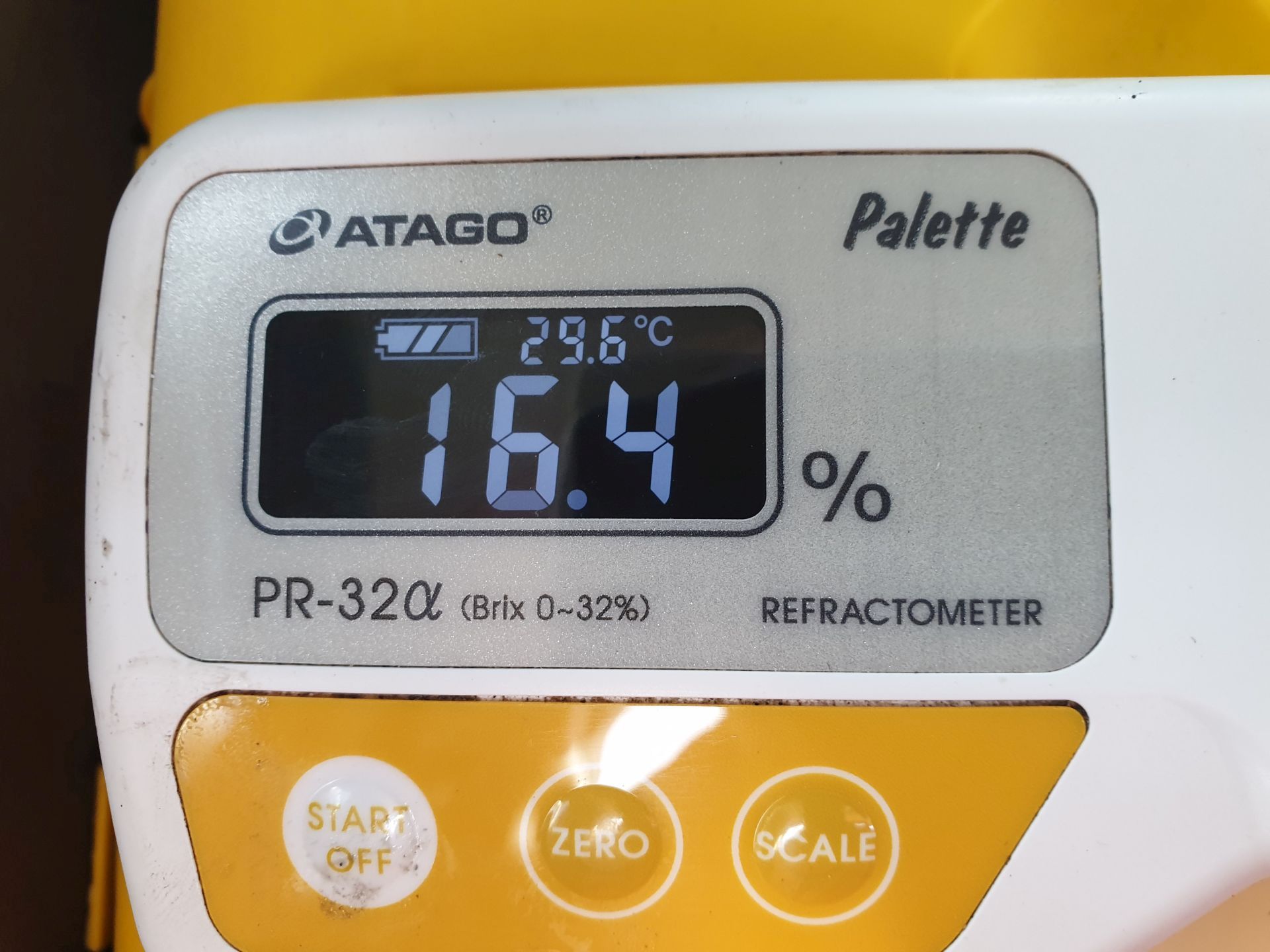It is amazing what a difference a week of sunny weather makes! The last 14 days of sun have done wonders for our crop after all the rain and now we turn our attention to pre harvest sampling .
Since 2019 pre harvest sampling of cane is done in field, prior to this Tully sugar had a pre harvest service but growers would have to bring cane samples to the mill
This year we are starting sampling earlier to offer growers the chance to sample crops where Moddus crop ripener may be used.
Sugar cane makes the sugar in the leaves through the process of photosynthesis and this sugar is then transported into the stem, filling up from the base first.
An early CCS variety fills up quickly, while a later one will do this more slowly. Other factors such as moisture content also influence the final CCS result
Because the crop fills up from the base first, when sampling over the coming weeks, we will cut the cane stalks in half, sampling the top and bottom halves separately. The juice is extracted using the mobile mill and samples placed on a piece of equipment called a portable refractometer, which gives us a reading from which we can determine potential CCS.
The bottom half will almost certainly have CCS, while the top will have much less.
Sampling is done by going into a crop at least 5m from the headland and taking 6-8 stalks from two or 3 stools. If suckers are already present and greater then 1m, one should be taken as part of the sampling because this is what the harvester will do.
The stalks are cut in half and sampled and once the difference between top and bottom half is one or less on the refractometer, we say the crop is ready to harvest.

By sampling over the next few weeks on blocks that a grower may wish to use Moddus on, we can determine how quickly or slowly the crop is ripening and it may influence the decision where Moddus is applied.
This week we ran several meetings to discuss Moddus use with the following points made:
1. The crop Moddus is applied to needs to be healthy with little or no leaf diseases or RSD.
2. Bigger tonnage corps work best because we are adding CCS to an already high yielding crop.
3. Ideally, sampling is carried out each week leading up to Moddus application.
4. Moddus is applied 6- 10 weeks before harvest, which means most applications will be done by Mid-April if growers are going to harvest the treated cane first round. Therefore, sampling will start the week after next.
For any further information or to receive a copy of the notes from these meetings please contact Greg Shannon at TSL.

